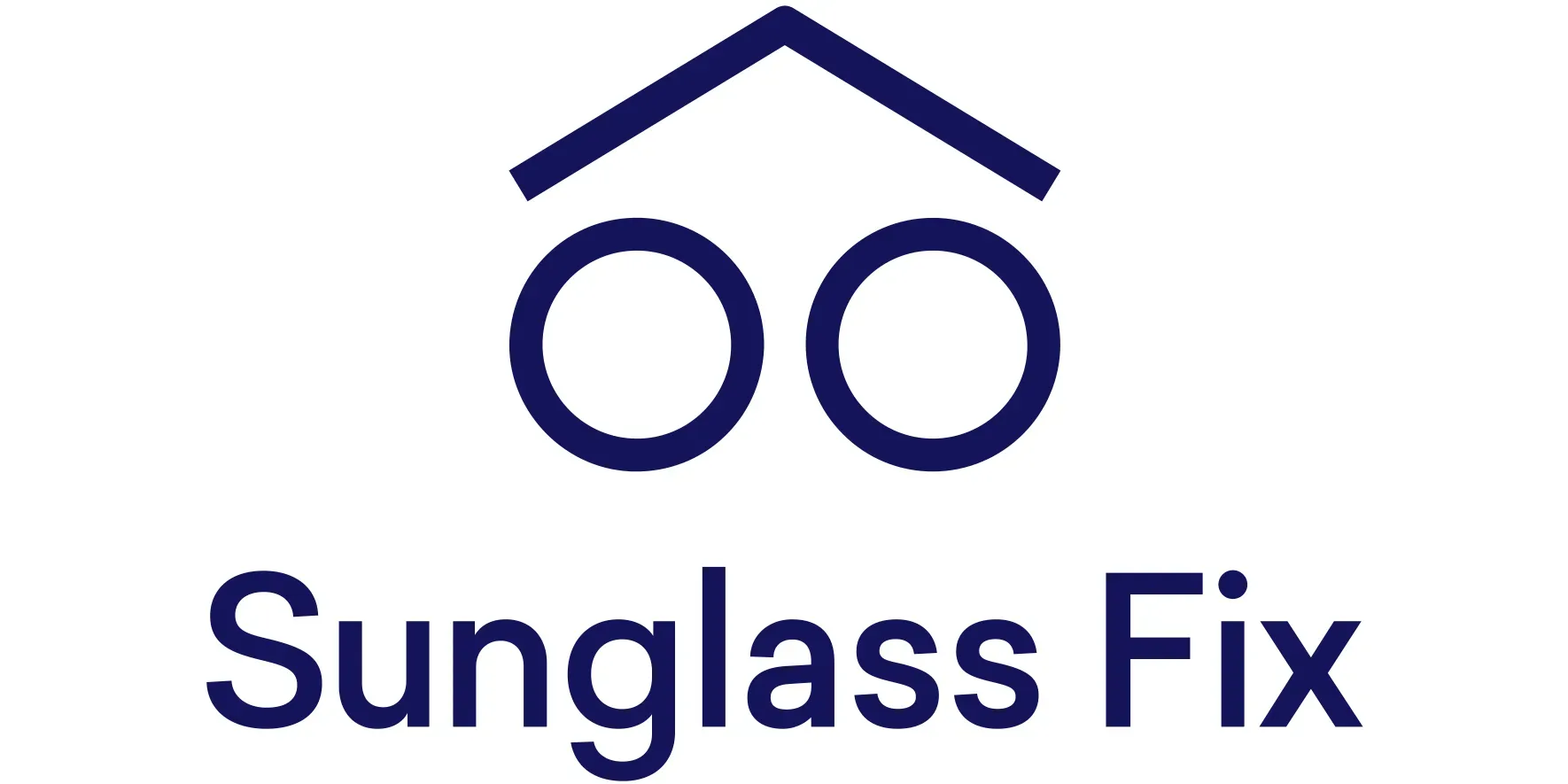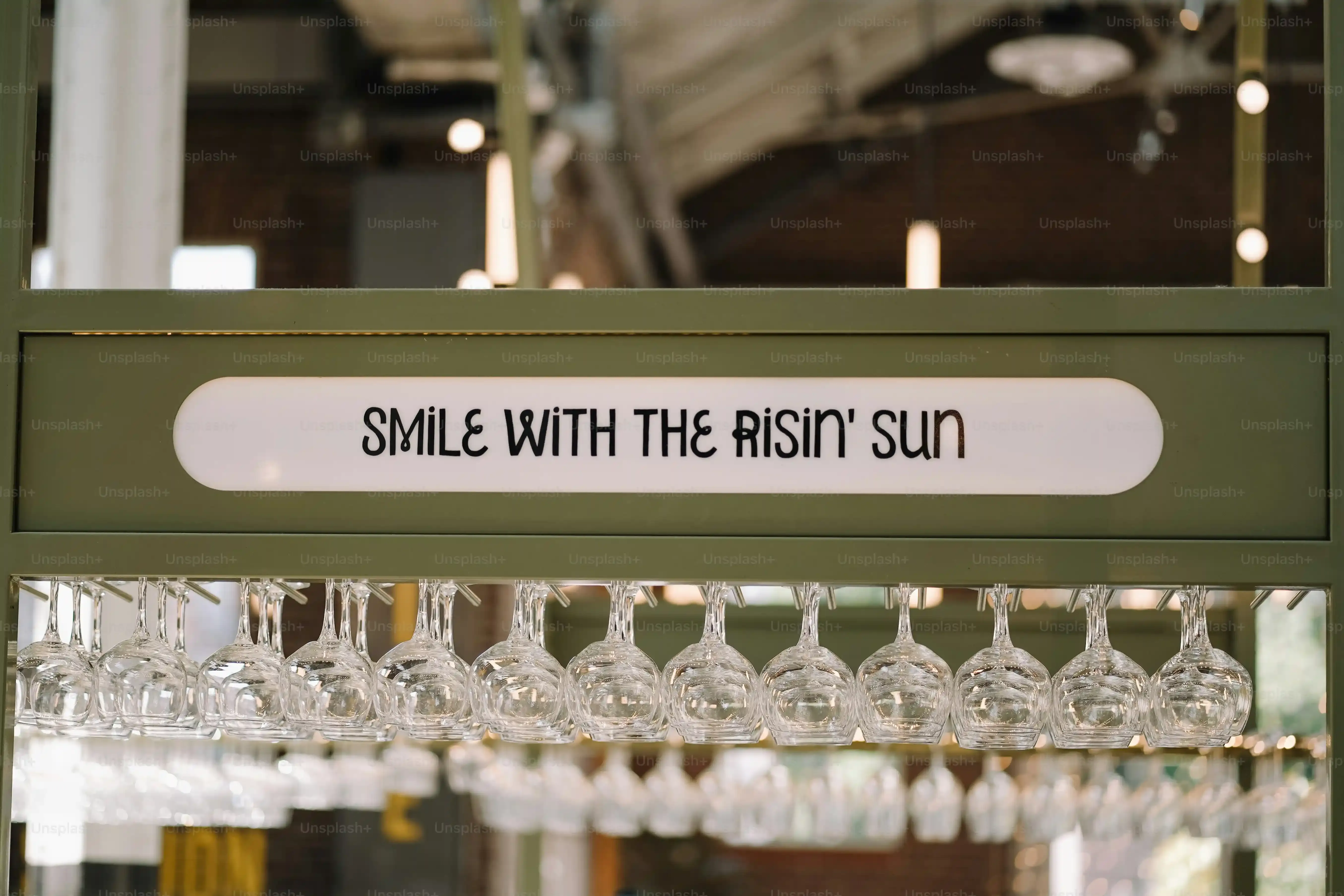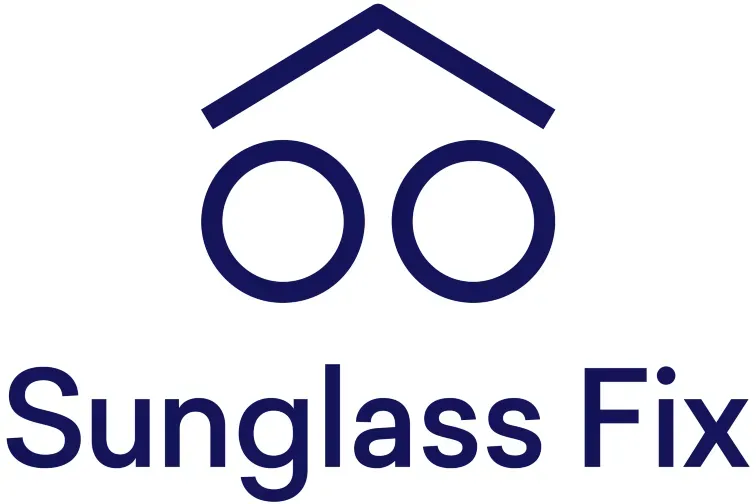Table of Contents
You dropped them. Again. That sickening feeling as your favorite shades hit the pavement, followed by the inevitable reveal: a nasty scratch right in your line of sight, or maybe a hinge just gave up the ghost. Most folks sigh, maybe curse a little, and figure it's time to shell out for a brand new pair. After all, who bothers with a sunglass fix? Turns out, quite a few smart people do.
Is a Sunglass Fix Really Worth It?
Is a Sunglass Fix Really Worth It?
So, your favorite sunglasses took a tumble, or maybe the lenses look like they tangled with sandpaper. The immediate thought for many is, "Well, that's that," followed swiftly by browsing for a new pair. But hold on a second. Before you consign those frames to the trash heap, let's tackle the core question: Is a sunglass fix really worth it? For a surprising number of situations, the answer is a resounding yes. Consider the alternative: shelling out hundreds for a new pair of quality shades you already owned, or settling for something cheaper that won't last or provide the same level of vision protection. Often, the cost of repairing or replacing just the damaged part, like scratched lenses or a loose screw, is a fraction of buying new, making a sunglass fix a far more economical choice.
The Sunglass Fix: Comparing Repair vs. Replacement Costs
The Sunglass Fix: Comparing Repair vs. Replacement Costs
Alright, let's talk brass tacks. Your shades are busted, and the little voice in your head is doing the math: new pair versus fixing the old ones. This is where the "sunglass fix" conversation really gets interesting, because the cost difference can be staggering. Think about the last time you priced a decent pair of sunglasses – we're talking north of $100, easily hitting $200 or $300 for designer or performance brands. Now, compare that to replacing just the lenses, which is the most common fix needed. Many lens replacement services offer options starting well under $50. Even if you need a minor frame repair, it's usually a fraction of the cost of a complete replacement. It's not just about the initial price tag; it's about the value proposition of extending the life of a quality item you already own and presumably like.
Choosing the Best Lenses for Your Sunglass Fix
Choosing the Best Lenses for Your Sunglass Fix
Understanding Your Lens Options
so you've decided the sunglass fix route is the way to go. Smart move. Now comes the slightly overwhelming part: picking the actual lenses. It's not just a one-size-fits-all deal. Think about what you use your sunglasses for. Are you driving a lot? Spending time on the water or snow? Just need something for casual wear? This dictates whether you need polarized lenses to cut glare – a game-changer for driving or anything near reflective surfaces – or if standard non-polarized lenses are fine. Then there's the material: polycarbonate is impact-resistant and lightweight, great for sports, while glass offers superior optical clarity but is heavier and breaks more easily. Acrylic is the cheapest but scratches easily and offers less clarity. Knowing the difference matters.
Features That Make a Difference
Beyond the basic type and material, replacement lenses come with various bells and whistles. UV protection is non-negotiable; make sure any replacement lenses block 100% of UVA and UVB rays. Look for anti-reflective coatings on the back surface – they reduce glare bouncing off the inside of the lens into your eye. Hydrophobic coatings repel water and sweat, keeping your vision clear, especially when you're active. Oleophobic coatings resist fingerprints and smudges, which, let's be honest, is a daily struggle. Tints aren't just for looks; grey reduces overall brightness without distorting color, brown enhances contrast, and green transmits colors evenly. Consider what environment you'll be in most often when making your choice.
- Polarized: Cuts glare from reflective surfaces (water, roads, snow).
- Non-Polarized: Standard lenses, good for general use.
- Polycarbonate: Impact-resistant, lightweight, good for sports.
- Glass: Best optical clarity, heavier, less impact-resistant.
- Acrylic: Cheapest, scratches easily, least optical clarity.
- UV Protection: Essential 100% UVA/UVB blocking.
- Anti-Reflective Coating: Reduces internal glare.
- Hydrophobic Coating: Repels water and sweat.
- Oleophobic Coating: Resists fingerprints and smudges.
Your Guide to a Successful Sunglass Fix: From Ordering to Installation
you've weighed the options, looked at the costs, and decided a sunglass fix is the way to go. Excellent choice. Now, how do you actually *do* it? It’s less daunting than you might think, even if you're not exactly a DIY guru. The first hurdle is figuring out exactly what kind of sunglasses you have. This isn't just for your own records; replacement lens and part providers need this info to get you the right stuff. Look for markings on the inside of the temples (the arms that go over your ears) or sometimes on the bridge. You're hunting for a model number and often a size code. It might look like "RB3025 Aviator Large Metal" followed by a series of numbers like "L0205 58[]14 135". That string of letters and numbers is the key to unlocking your sunglass fix.
Once you've cracked the code and identified your frames, the next step is finding a reputable source for replacement lenses or parts. This is where you need to be a little discerning. Not all replacement lenses are created equal, and you don't want to put cheap, optically inferior plastic into your nice frames. Look for companies that specialize in this, offering high-quality materials and coatings similar to, or even better than, the originals. Some sites even offer custom options if your frames are a bit obscure. For instance, you might find a wide selection and good guides at places like sunglasshub.org when you're ready to order.
Ordering is usually straightforward online once you have the model number. You select your frame model, choose the lens type (polarized, color, mirrored, etc.), and add any coatings you want. Most reputable companies provide clear instructions or videos on how to install the new lenses yourself. It often involves a simple pop-out, pop-in process, sometimes with a small tool included or just using firm thumb pressure. Frame repairs, like replacing a screw or a nose pad, are also typically easy with the right replacement part and a tiny screwdriver (the kind you get in those cheap eyeglass repair kits). If it's a more complex break, like a snapped hinge, you might need to send the frames in for repair, but even that is usually less expensive than buying new.
The Bottom Line on Fixing Your Sunglasses
So, before you resign those scratched-up or slightly broken sunglasses to the landfill, consider the alternatives. A sunglass fix isn't just about saving a few bucks, though it certainly does that compared to buying new high-end frames. It's also about making a conscious choice to extend the life of something you already own, reducing waste in the process. With options ranging from simple lens swaps to more complex frame repairs, bringing your favorite shades back to life is often less hassle and expense than you might expect. It turns out, fixing isn't just for vintage cars anymore.
